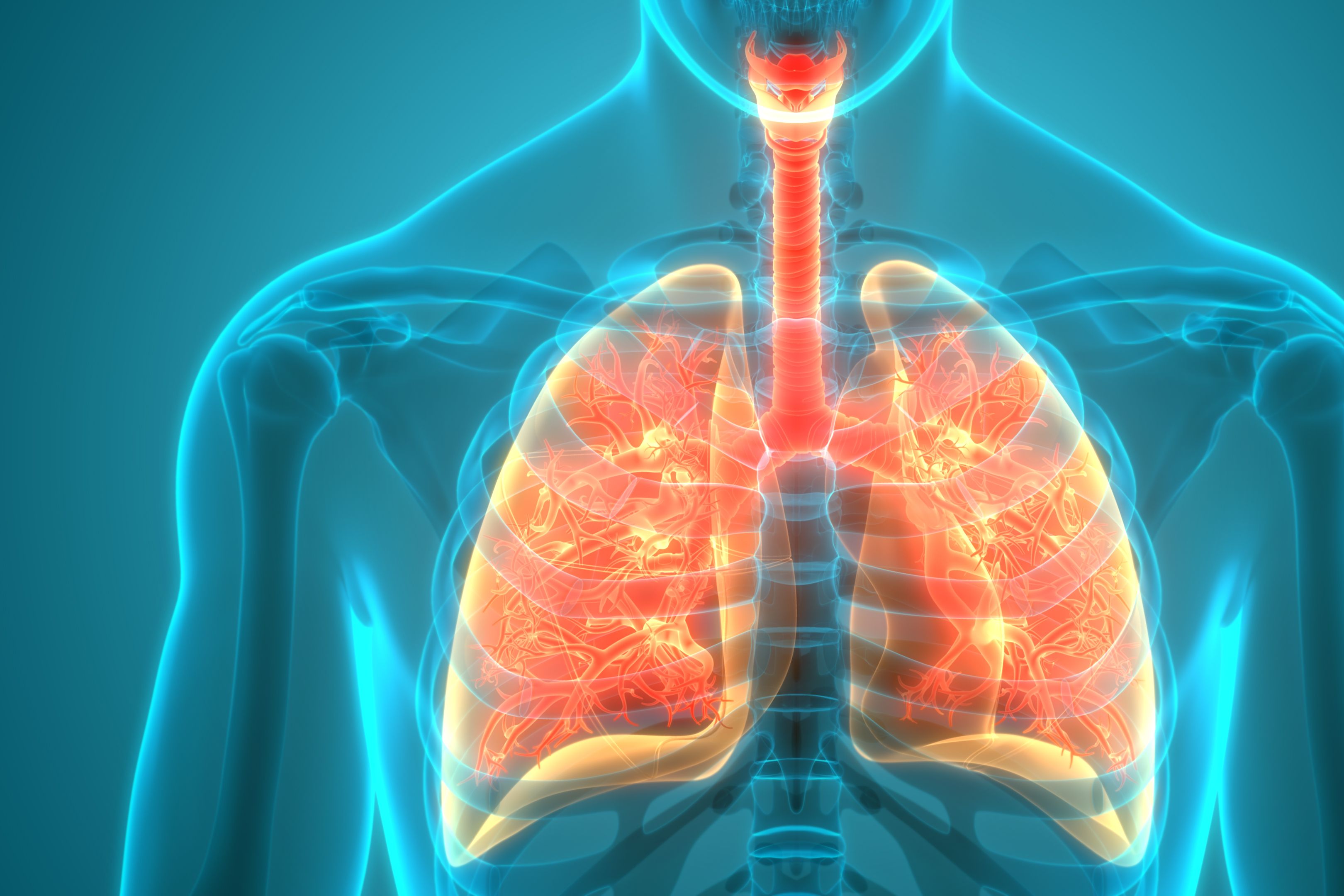
(Vienna, 07 February 2022) Lung transplantation is a life-saving intervention in cases of severe respiratory failure. A feared and common complication following a lung transplant is chronic deterioration in lung function (CLAD/Chronic Lung Allograft Dysfunction). Early diagnosis of any threatened deterioration in lung function is therefore important, so that therapeutic measures can be taken to prevent it. MedUni Vienna scientists from the Department of Medicine I and from the Department of Thoracic Surgery have now discovered that a detailed analysis of the lung microbiome can be used to predict future changes in lung function.
The working groups of Sylvia Knapp and Konrad Hötzenecker successfully used Machine Learning to show that certain microbiome profiles of the lung following lung transplantation can provide prognostic information. "This method therefore enables us to predict future changes in lung function – and so could help to identify at-risk patients early on," emphasises Knapp. CLAD affects up to 50% of lung transplant patient within the first five years following the procedure.
Previous illnesses also determine the post-transplantation lung microbiome
"We looked closely at how the environment of the lower airways changes over time in the allografts of a total of 78 patients following lung transplantation and adapts to the new host. For example, we investigated which bacteria, which immune cells and which metabolites are present and how these change in their new host," explains Knapp.
The researchers were able to show that the lung microbiome changes continuously until ultimately recipient-specific factors – such as age, gender, underlying disease – define the microbiome in the long term. Moreover, the scientists discovered that certain bacteria, which are prevalent in some lung diseases prior to transplantation (e.g. in cystic fibrosis), can also move into the otherwise healthy lung following transplantation and become established. The conclusion: "That means that pre-existing conditions of the allograft recipient also determine the lung microbiome after transplantation."
Using Artificial Intelligence in the form of Machine Learning and based on the analysis of the multiomics data – including not only the microbiome, but also the lipidome (lipid composition), the metabolome (metabolic building blocks of the cells) and clinical parameters – enabled them to predict changes in lung function. "Our calculations therefore show that certain microbiome profiles provide prognostic information," say Knapp and Hötzenecker in summary.
Service: European Respiratory Journal
"Multi-omics profiling predicts allograft function after lung transplantation". Martin L. Watzenböck, Anna-Dorothea Gorki, Federica Quattrone, Riem Gawish, Stefan Schwarz, Christopher Lambers, Peter Jaksch, Karin Lakovits, Sophie Zahalka, Nina Rahimi, Philipp Starkl, Dörte Symmank, Tyler Artner, Céline Pattaroni, Nikolaus Fortelny, Kristaps Klavins, Florian Frommlet, Benjamin J. Marsland, Konrad Hoetzenecker, Stefanie Widder, Sylvia Knapp. European Respiratory Journal 2021; DOI: 10.1183/13993003.03292-2020.
LINK: https://erj.ersjournals.com/content/early/2021/06/10/13993003.03292-2020.